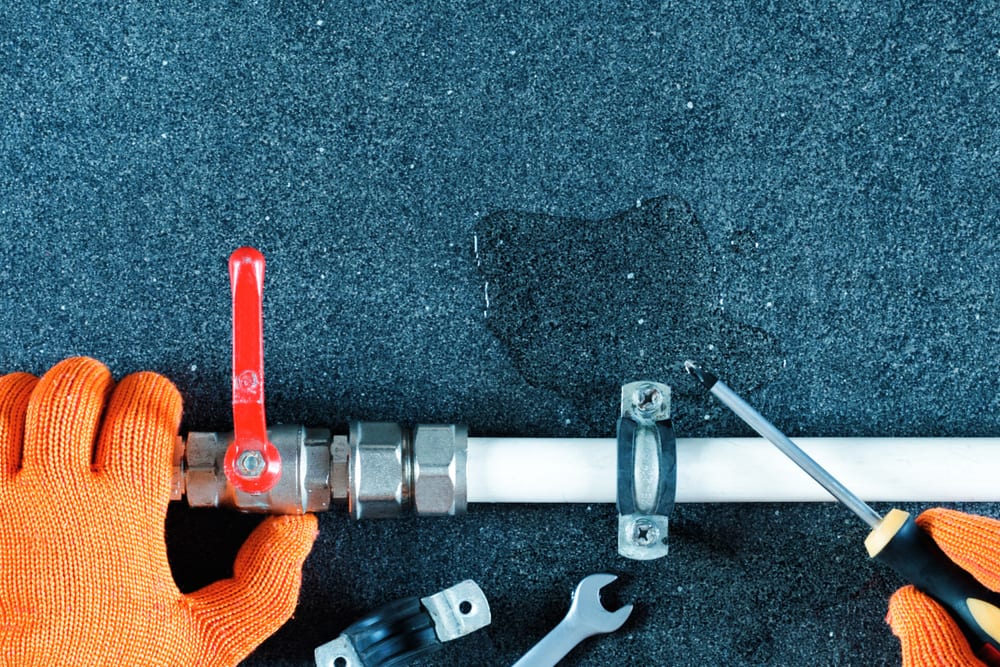Overview To Water Leakage Detection At Home
Overview To Water Leakage Detection At Home
Blog Article
Almost everyone has their own thinking about Leaking water lines.

Early discovery of dripping water lines can minimize a possible catastrophe. Some tiny water leaks might not be visible.
1. Examine the Water Meter
Every residence has a water meter. Examining it is a guaranteed way that aids you find leaks. For beginners, switch off all the water sources. Ensure no person will flush, make use of the faucet, shower, run the cleaning equipment or dishwashing machine. From there, go to the meter and also watch if it will transform. Given that nobody is using it, there need to be no motions. That shows a fast-moving leak if it relocates. Also, if you identify no changes, wait an hour or 2 as well as inspect back again. This suggests you may have a slow-moving leak that can even be underground.
2. Examine Water Usage
If you identify sudden modifications, regardless of your consumption being the same, it implies that you have leaks in your plumbing system. An unexpected spike in your costs shows a fast-moving leakage.
On the other hand, a consistent boost every month, even with the exact same routines, shows you have a sluggish leak that's also slowly escalating. Call a plumber to extensively examine your building, especially if you feel a warm location on your flooring with piping underneath.
3. Do a Food Coloring Test
30% comes from commodes when it comes to water usage. Examination to see if they are running properly. Decline flecks of food color in the container as well as wait 10 mins. If the shade somehow infiltrates your bowl during that time without flushing, there's a leak in between the storage tank as well as dish.
4. Asses Exterior Lines
Do not fail to remember to check your exterior water lines too. Test faucets by attaching a yard hose. Ought to water leak out of the connection, you have a loosened rubber gasket. Replace this and also make sure all links are limited. It will aid get it properly took a look at and maintained every year if you've obtained a sprinkler system. One small leak can lose tons of water as well as increase your water expense.
5. Inspect and also Examine the Scenario
Homeowners must make it a behavior to inspect under the sink counters and also even inside cupboards for any type of bad odor or mold and mildew growth. These 2 red flags suggest a leakage so punctual attention is needed. Doing regular inspections, even bi-annually, can conserve you from a significant trouble.
Examine for stainings and also damaging as most pipelines and also devices have a life expectancy. If you suspect dripping water lines in your plumbing system, do not wait for it to intensify.
Early detection of dripping water lines can alleviate a possible catastrophe. Some small water leaks may not be noticeable. Inspecting it is a guaranteed way that helps you uncover leakages. One small leak can waste bunches of water and also increase your water expense.
If you think leaking water lines in your plumbing system, do not wait for it to intensify.
WARNING SIGNS OF WATER LEAKAGE BEHIND THE WALL
PERSISTENT MUSTY ODORS
As water slowly drips from a leaky pipe inside the wall, flooring and sheetrock stay damp and develop an odor similar to wet cardboard. It generates a musty smell that can help you find hidden leaks.
MOLD IN UNUSUAL AREAS
Mold usually grows in wet areas like kitchens, baths and laundry rooms. If you spot the stuff on walls or baseboards in other rooms of the house, it’s a good indicator of undetected water leaks.
STAINS THAT GROW
When mold thrives around a leaky pipe, it sometimes takes hold on the inside surface of the affected wall. A growing stain on otherwise clean sheetrock is often your sign of a hidden plumbing problem.
PEELING OR BUBBLING WALLPAPER / PAINT
This clue is easy to miss in rooms that don’t get much use. When you see wallpaper separating along seams or paint bubbling or flaking off the wall, blame sheetrock that stays wet because of an undetected leak.
BUCKLED CEILINGS AND STAINED FLOORS
If ceilings or floors in bathrooms, kitchens or laundry areas develop structural problems, don’t rule out constant damp inside the walls. Wet sheetrock can affect adjacent framing, flooring and ceilings.
https://www.servicemasterbyzaba.com/blog/how-to-detect-water-leakage-in-walls/

Do you like more info about Locating water leaks? Make a short review down the page. We will be glad to know your feelings about this blog post. We are looking forward that you visit us again before long. Loved our post? Please share it. Let others locate it. I appreciate reading our article about Finding hidden leaks.
Report this page